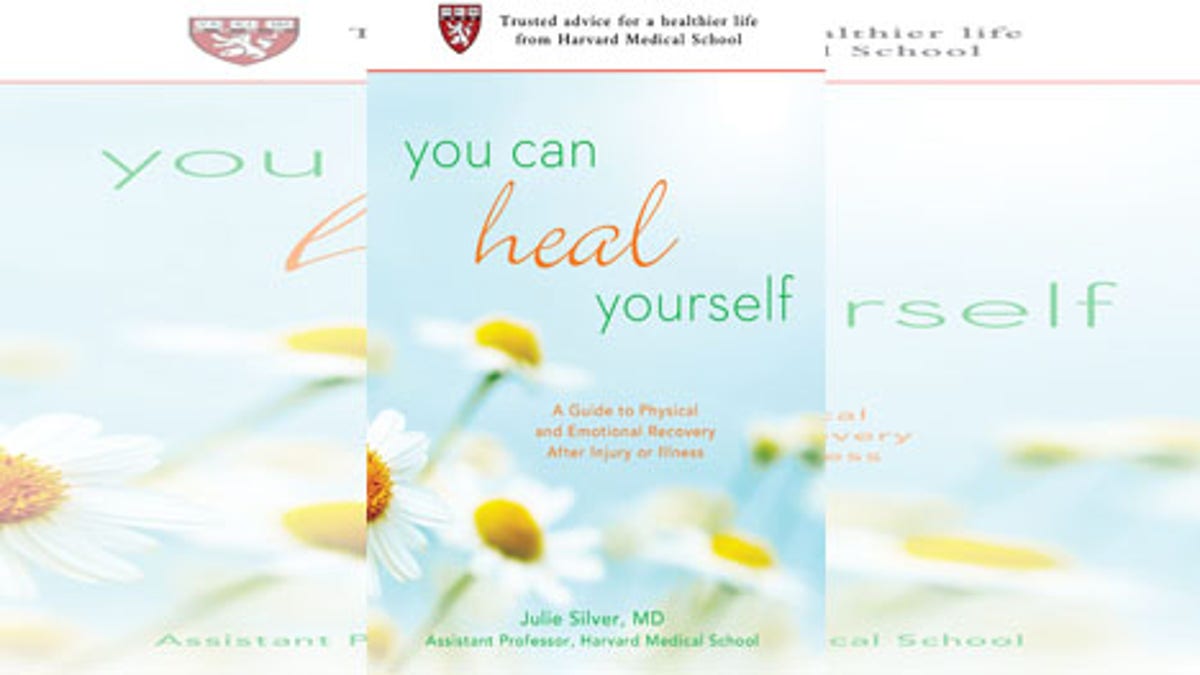
After suffering from a traumatic illness, you may feel like your recovery process is at the mercy of what your doctors can do for you. But there’s actually another doctor working at your disposal – your own body.
Dr. Julie Silver, assistant professor at Harvard Medical School in the Department of Physical Medicine and Rehabilitation, wrote in her book You Can Heal Yourself a list of tools and guidelines that people can use to heal their body and mind all on their own. With the right frame of mind and positive lifestyle changes, your body has the power to heal “faster, better and stronger.”
Q: What was the inspiration behind writing this book?
A: It started when I was diagnosed with breast cancer at 38. I underwent some treatment and felt really sick at the end of therapy. Then I basically was told that I needed to go home and heal myself - I wasn’t offered any rehabilitation or assistance.
That was one of the things that really struck me - that cancer survivors are often left on their own. So many people are left to their own devices to some extent after an illness or injury, and I wanted to help.
Q: What helped you most as you were healing?
A: One of the things that really made a difference was paying attention to my “healing voice.” When I felt particularly tired or had more pain than usual, I really thought about what I was doing at the time. What made those symptoms better and what made them worse. Paying attention to those symptoms we sometimes ignore really helps our body to heal faster.
Q: How important is your mindset in the healing process?
A: There are really two issues there. The mind-body connection is really important. Studies show that wounds heal more quickly when people are less stressed or when they are being nurtured. Your environment can be really powerful in physical healing.
The other issue is feeling empowered. Illness makes you feel vulnerable. It’s hard to trust your body when it has let you down. But taking charge of your recovery and your illness helps you feel more in control.
Q: What are some other tactics that people can utilize?
A: Pay attention when symptoms come in clusters. People may have a cluster of problems at once, such as feeling fatigued, pain and feeling depressed. Addressing the cluster really helps you to feel better faster. It’s called healing synergies – looking at your whole experience and addressing multiple things at once. If you address one at a time, it’s not as effective as addressing all three.
Also, being as active as possible is really excellent for your mental and physical health. When you’re ill, it’s hard to be active. For a start, try to distract yourself when you’re exercising. If you are on your cell phone and you walk or pace while you’re talking, you can get a lot of physical activity without realizing it.
And most importantly, really focus on what’s working well with respect to your body and what parts of your body feel good. Stay as strong and active as you possibly can while still trying to heal the problem.
Q: What is the main point you want people to take away from your book?
A: Your body will work really hard to heal itself, but you can support that effort by utilizing many strategies. It’s wonderful to know how well our bodies will work in terms of trying to heal themselves. Supporting that effort can really help us to recover optimally.
More strategies and tips on self-recovery are available at Dr. Silver’s website: www.juliesilvermd.com.
